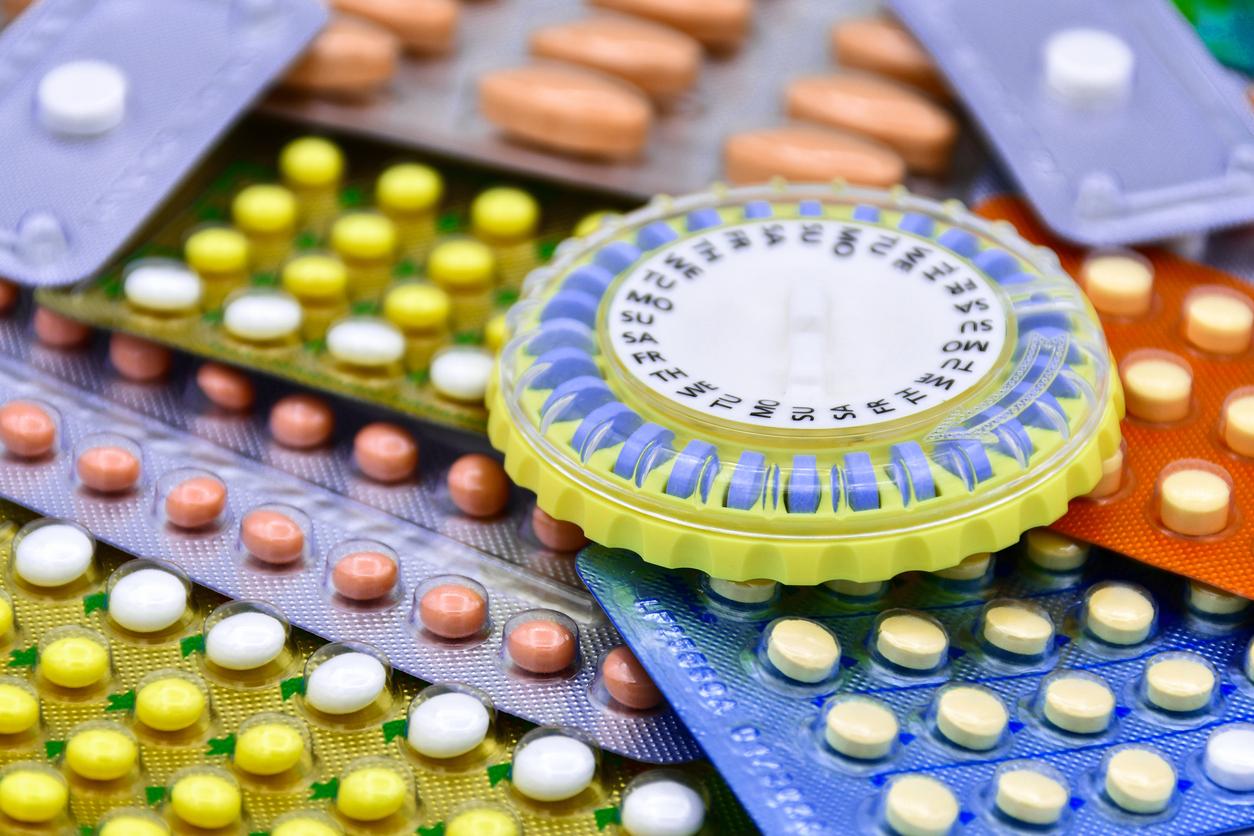
July 5, 2017.
According to the National Reference Center for Staphylococcus of the Hospices Civils de Lyon (HCL), tampons are less dangerous than the menstrual cup. Explanations.
Tampons are not responsible for toxic shocks
Should we be wary of tampons? This is the question thousands of women have been asking themselves since the publication of cases of toxic shocks linked to tampons. These shocks were due to the presence of Staphylococcus aureus in the vagina. Toxic shocks can have serious consequences, they can cause high fevers, vomiting, diarrhea but also lead to amputation or death.
But should we make the tampons responsible for all that? This is the question that researchers at the HCL have sought to answer. To do this, they analyzed nearly 700 used tampons from different brands. They were thus able to observe thatno device present in sanitary tampons stimulated ” production of the toxin that triggers toxic shock “. This shock would rather be due to ” a lack of information On using the tampon.
Avoid wearing your menstrual cup at night
According to the researchers from Lyon, you should indeed change your tampons every 4 to 6 hours and not every 8 hours, as indicated on the instructions. We should also think about have your hands clean before handling your tampon to prevent further infection. What is most astonishing in this work is that the menstrual cup would further promote the growth of Staphylococcus aureus.
But how to explain it? According to the authors of this work, menstrual cups allow a larger inflow of air, and oxygen would be more conducive to the development of the bacteria. As with tampons, researchers therefore recommend that women change their menstrual cup every 4 to 6 hours and not wear it at night. To sleep, they recommend the use of sanitary napkins, less discreet but safer.
Read also: Hygiene: the composition of tampons soon to be revealed
Marine Rondot















